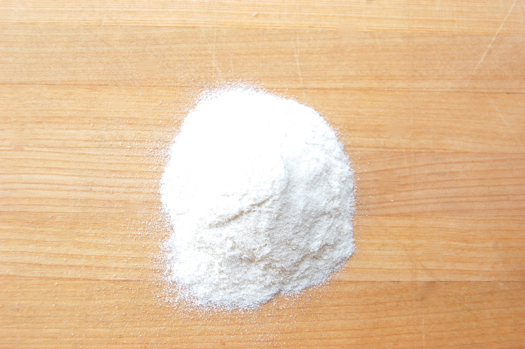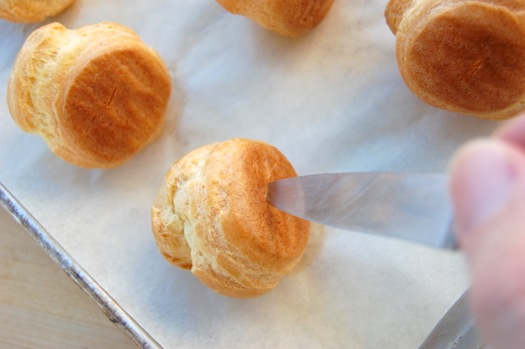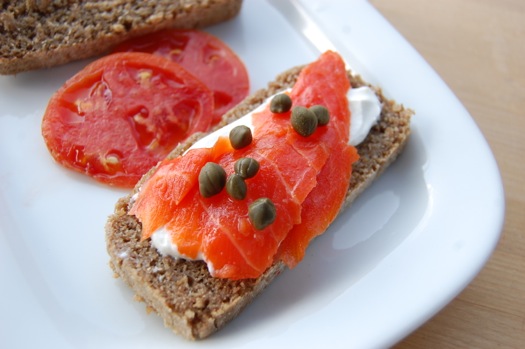On the Many Uses of Gelatinized Starch
Reader Eric writes:
READ ONFollowing on your melon pan recipe, I was wondering if during your research you came across any recipes that called for a tangzhong or a water roux. It’s touted as an anti-staling method, or a softness improver.
Wondering if you’ve tried it yourself. My personal experience with East Asian pastries and breads is that they are generally soft and don’t go stale quickly, which might be because of the preservatives and conditioners that are added.


